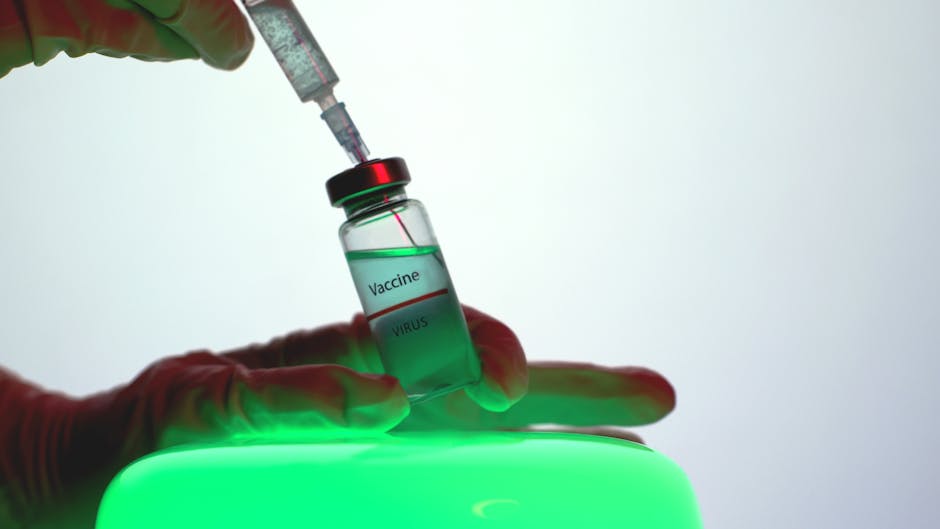3332949514: A Digital Fingerprint?
In the age of algorithms, data, and instant communication, numbers like 3332949514 can function almost like fingerprints. They track, tag, or link movements online—especially in systems that rely heavily on metadata. It might be part of a backend system you couldn’t see, but left a trace when something digital happened.
Think: logistics tracking numbers, support ticket IDs, or caller line identifications (CLIDs). Companies assign identifiers like this daily. They don’t explain them, because they’re not meant for users. If 3332949514 came up on your phone, chances are good it was generated by a system, not a person.
Is It a Scam or Spam Number?
Now we get to the real concern. One of the most common encounters with these numbers is through phone calls—often automated ones. If 3332949514 called you, and no one was there when you answered (or worse, a prerecorded voice launched into a “limitedtime offer”), odds are it’s a spam caller.
Robocalls use rotating random sequences to create new numbers, masking their identities. That makes it harder to trace or block them individually. Tools like call blocking apps or reverse lookup databases can confirm patterns. If other users report 3332949514 as spam, you’ve got your answer.
Legitimate Uses of Random Digits
Let’s not rule out the most boring—but realistic—possibility: systemassigned reference numbers. Banks, telecom companies, health providers, and more often issue long strings like 3332949514 as identifiers for customer queries or case files.
Here’s what could trigger this: You submitted a support ticket An automated message referenced your case A transaction included 3332949514 as a confirmation ID
In each case, the number doesn’t mean much on its own. Its value is contextual—just a tag that links a record to a moment in time.
How to Protect Yourself
If you’re receiving unsolicited contact from 3332949514 or something like it, it pays to be a little guarded. Here’s a simple filter to apply:
- Don’t answer unknown numbers: Let it roll to voicemail. If it’s urgent, they’ll leave a message.
- Use reverse lookup tools: Simple websites can flag suspicious numbers quickly.
- Avoid callbacks: Scammers lure you into redialing unknown numbers, sometimes running up charges or confirming your number as “live.”
- Report it: Adding to public databases increases awareness and protection for others.
- Block persistent numbers: If 3332949514 keeps calling and it’s unwanted, block it and move on.
Smartphones today are better than ever at filtering these interactions. Use the tools already on your phone or get a thirdparty blocker that fits your comfort level.
When It’s Nothing At All
Sometimes, a number like this is just background noise. A test code. A seat reservation number generated algorithmically. Maybe a line in a CSV file. Not everything that looks odd actually is. But if something feels off—persistent calls, strange messages—it’s better to err on the side of caution.
Keep It Simple
Instead of chasing rabbit holes, keep your digital hygiene clean and minimal: Check settings on devices and apps that handle calls or messages. Review history logs from services you’ve used recently. Delete irrelevant and outdated data that might be creating confusion.
3332949514 might be just noise. But treating every unclear input with a bit of scrutiny builds good habits. That’s how we stay ahead—not by obsessing over every odd number, but by staying intentional about what we trust and how we interact.
Final Thoughts on 3332949514
Sometimes, you search a number like 3332949514 and run into more questions than answers. That’s fine. Not everything has a clear explanation. But you don’t need one to take action. If it’s bothering you, block it. If it looks like a reference ID, log it somewhere. If it’s potentially spam, report it.
You’re not crazy for noticing a weird number—it means you’re paying attention. That’s a habit worth keeping.




